Initial Ideas
Over 3 years ago I really wanted a single RGB LED controlled by a microcontroller. I didn't want to add LEDs to a microcontroller, solder them, chain them, wire them up! I just wanted an RGB LED connected a microcontroller. And, as far as I could tell, none existed. Or at least nothing that simple and easy to code. I thought this would be a great project to replace my huge RGB LED cube that I had made the year before in 2018.

Cubert
Cubert was a 1 metre cube of 8x8x8 RGB LEDs connected together through copper rods using custom PCBs. It was controlled by 1 micro:bit. It was a fantastic and much loved project. I coded it so people could play their favourite old school games like Snake! Or Pacman. But in 3d! And in lights on a metre cubed cube :D What I loved about Cubert, besides how it looked, was how interactive it was. I don't like to create technical art pieces that you just look at. I want you to poke it! And play with it. And shake it. Cubert was interactive, but it was one player. And with one microcontroller it was difficult to have multiple people interact with it. I did have some games where two people had a micro:bit each and using the radio and the accelerometer they would race to fill the cube with their colour by shaking their micro:bit! But what I really wanted was a project where everyone could code their device and add it to a bigger structure, working together to create something. That's where I came up with the idea for Solas. A small programmable RGB LED that could be chained to other RGB LEDs in something like a tree structure. Each light could be a leaf.
Fun Fact: Solas means light in Irish
Solas Version 1: 2020
A couple of years I did have a go at creating Solas. I'm no PCB designer so my husband created this design for me. The PCB has a chip and electronics to manage the USB and the rechargeable battery on the back. The idea was you added hats to the PCB with RGB LEDs attached. We ordered 5 PCBs for testing and used 3d printing to imagine the case, the lids, etc.
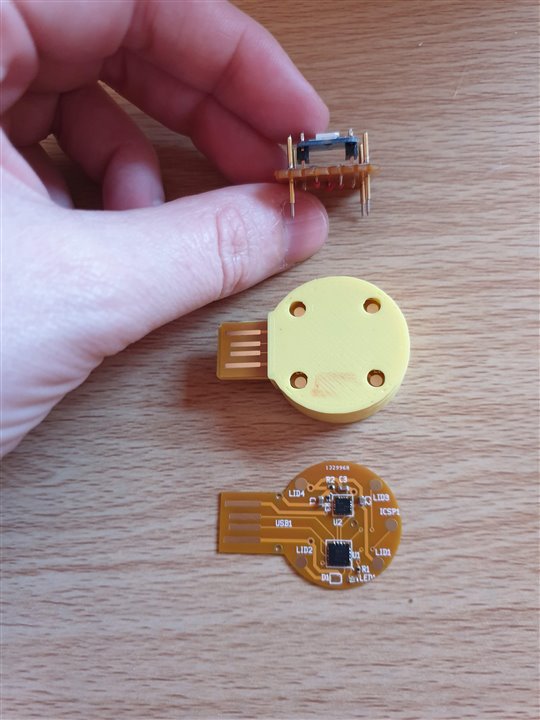
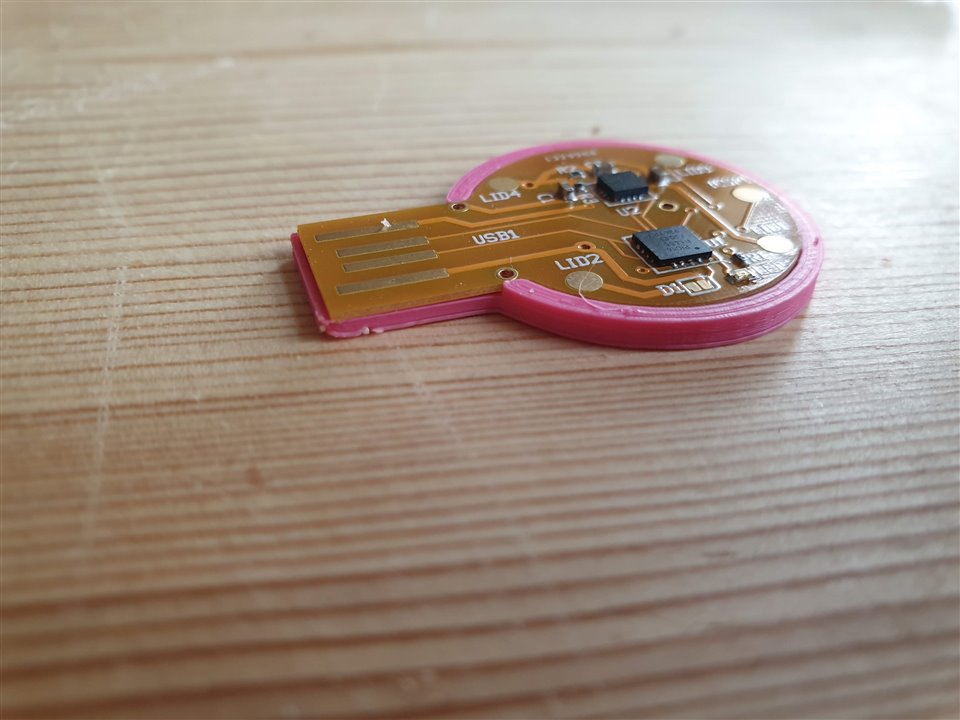
It was a nice start! But this was 2020 and just as we got the PCBs back we entered lockdown in the UK and I was suddenly home schooling 2 kids! So Solas went on the back burner.
Solas Version 2: 2022
This year is the year of Solas! We started planning and designing it again. The initial design wasn't ideal for connecting the boards together. And how we connected the hat to the board also wasn't clear. This new version would follow the original idea of one board with the chip and the LED together. I've given up on the battery, for now! And am focusing on the connection between the boards. Working with Microsoft Research as part of my day job with Lancaster University gave me insight into a new modular electronics system called Jacdac. It allows the easy connection of modules to microcontrollers and to other microcontrollers. It can also be easily connected to a web browser for coding. One vital aspect of Solas for me is how easy it is to code. I don't want to have to code it in C or even python. I want young children to drag and drop blocks onto their Solas and have it up and running in minutes. Similar to the BBC micro:bit (that I'm really fond of!).
It's 1st March 2022 and we've designed Solas V1 and sent it off to the PCB manufacturer. We're using the RP2040 chip with the jacdac modular system. Here are the PCB pictures. Each Solas has 3 Jacdac connectors and a micro USB connector on the 4th side for powering on its own. A Solas can be powered through Jacdac but the first Solas in the chain needs to be powered over USB. The LED is on the top and the RP2040 is on the bottom. The 2 gaps on the side of the top photo are for buttons: boot and reset. We're having the boards assembled as well as created, which is going to take a while especially given the low stock of components lately.
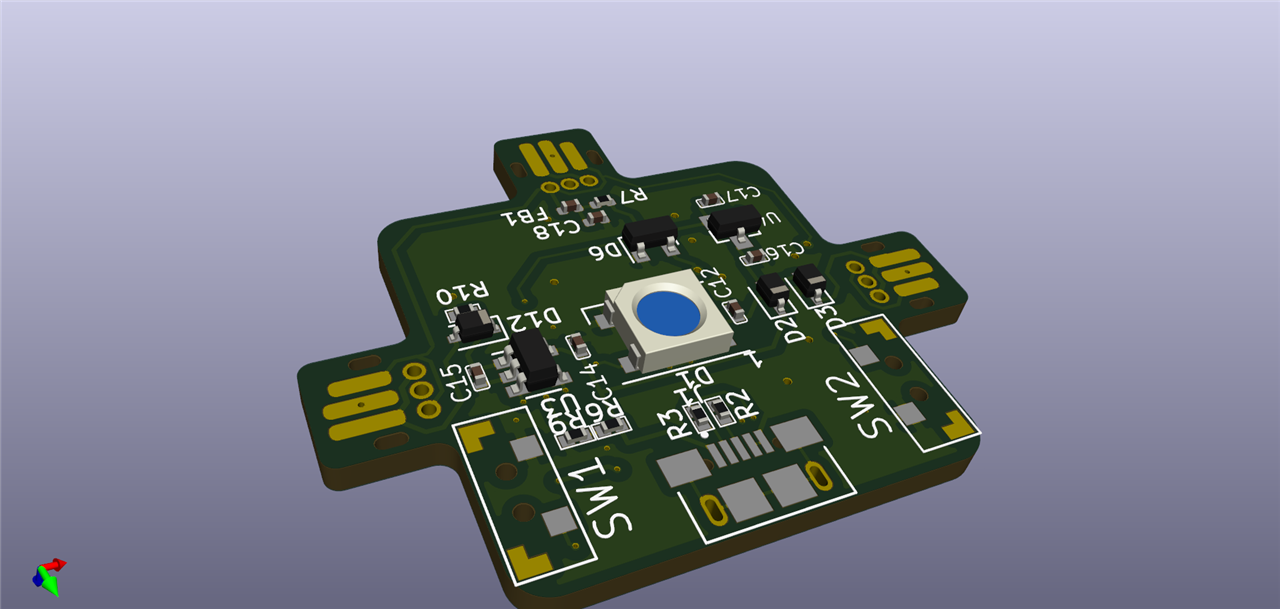
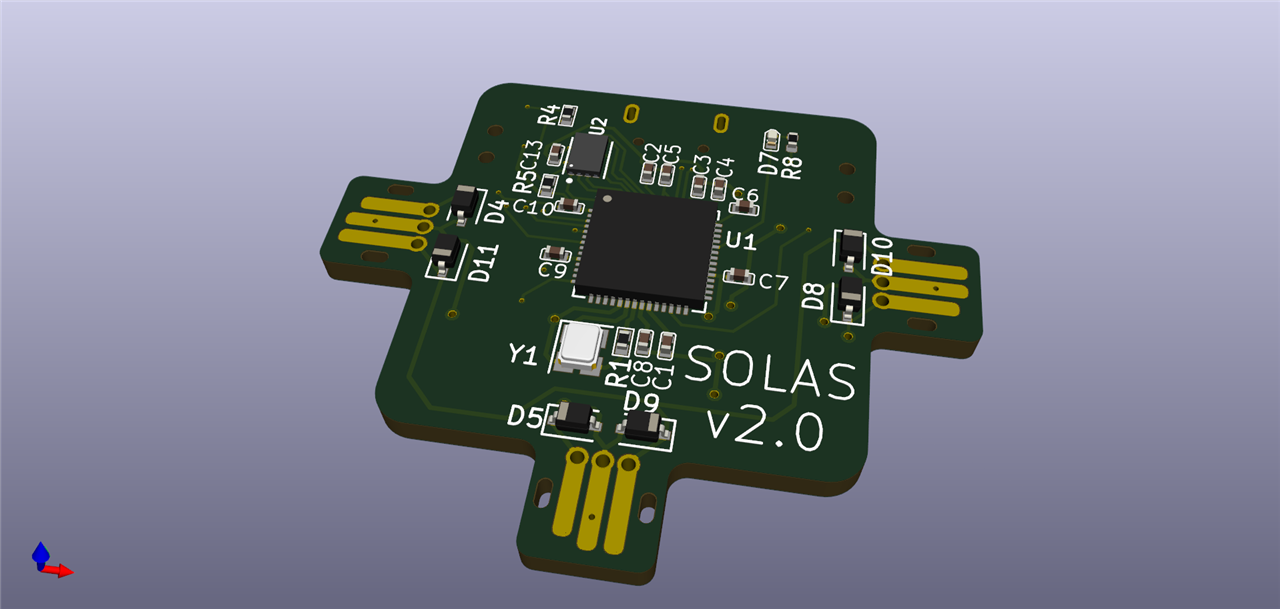
Solas Petal
We ordered 5 of the Solas version 2 board in February 2022. It looks like it won't arrive until April. After some quick testing we'd plan to order a large quantity of the board to build the tree of light, it depends on costs and funding.. maybe 100 or 200. I'd love to make 500 and give them away at festivals! I want to take Solas and the tree to family events. The first possible event is EMF camp which is the 2nd June, which is very close to April given how long the first 5 PCBs took to arrive... So we started to panic a bit about that! We decided to make a single RGB LED petal that would attach to Solas over Jacdac and be codeable, chainable. It's Solas without the PCB. We made the petal in the same shape as Solas, but smaller and without assembly and ordered 200 of them in February. We're going to have to assemble them ourselves, soldering on the RGB LED, resistors, etc. Fingers crossed we can make light (get it?) work of that. We did solder 512 surface mount RGB LEDs onto PCBs for Cubert! Time to brush up on our soldering skills.
Hopefully the 5 prototype PCBs we've ordered will work and we can use them alongside some other Jacdac microcontrollers to light up the tree with the 200 petals for EMF camp. While waiting on PCBs to arrive, we're working on the tree itself.
Laurelin: the tree of light
Solas is a leaf/light that attaches to branches on a tree. We decided to call the tree Laurelin (LOTR reference). I don't want the tree to be too tall that I would need a ladder to attach lights to it, so we're thinking 2 metres high. It needs to be collapsible and fit inside a car boot. Here are some of the original design files for the branches:
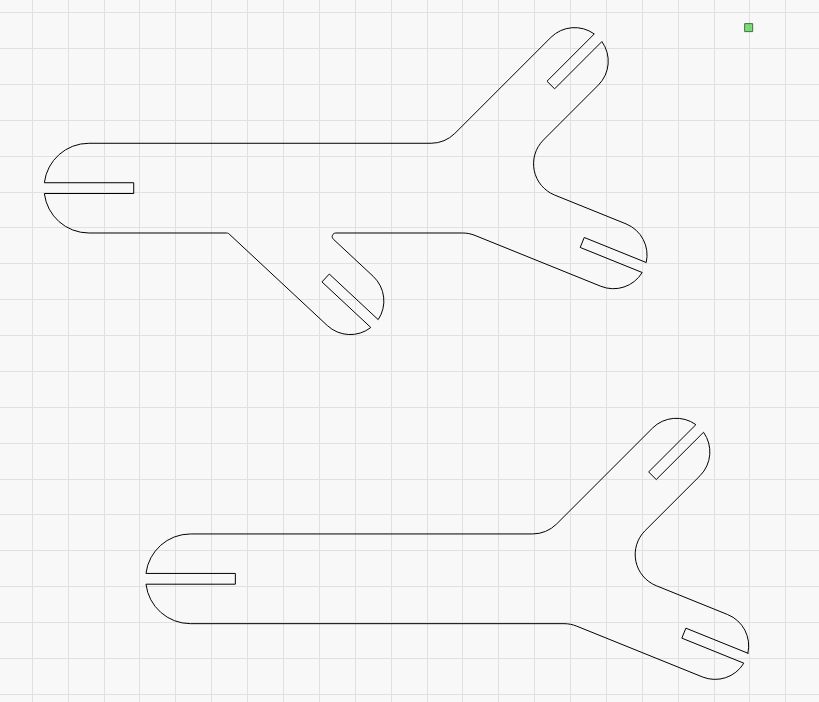
There are multiple layers of these of different sizes. 4 layers in total with the top 2 layers being 3mm thick and in frosted acrylic. The bottom 2 layers are thicker in wood with the trunk being maybe 9 or 12mm thick and 3 long pieces that can be screwed together. This is beyond the size of my laser cutter so we're relying on friends to help us with cutting the branches.
Here's the latest prototype and one quarter scale:
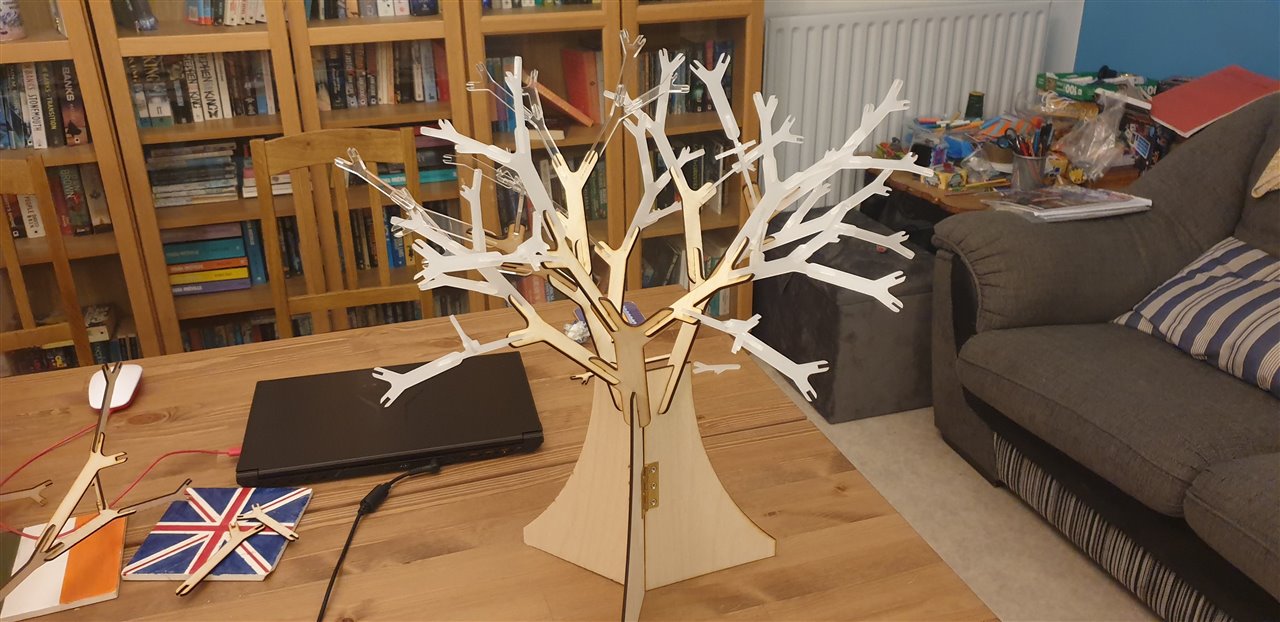
I like it! We need to add holes and figure out how each Solas/petal will connect to the branches. We also need to thread the wires through the branches.. possibly spray painting them so they look like roots! And maybe etch the wooden branches with decorations.
Coming soon to Element14 presents: a video of Solas version 1 in action, RGB LEDs, Jacdac, how we got version 2 to work with Jacdac and Microsoft Makecode and designing the leaf that wraps around Solas to make it glow:
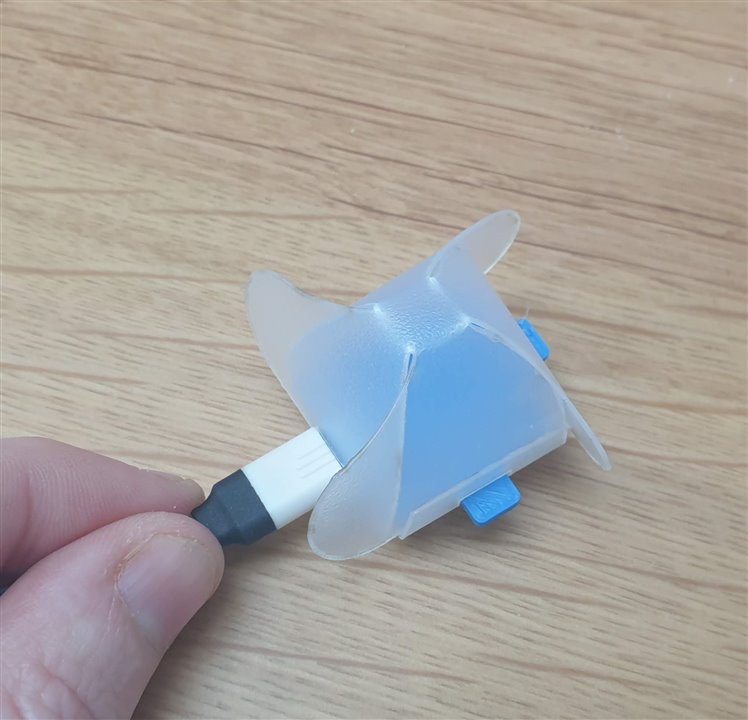
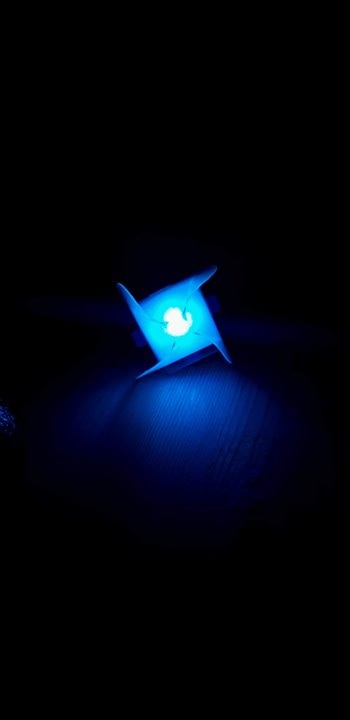
I'll keep you updated on Solas and Laurelin's progress!
Comment below and questions or suggestions you have for Solas or Laurelin.
Maybe one day you'll see it and me at your local electronics' family festival!

Top Comments